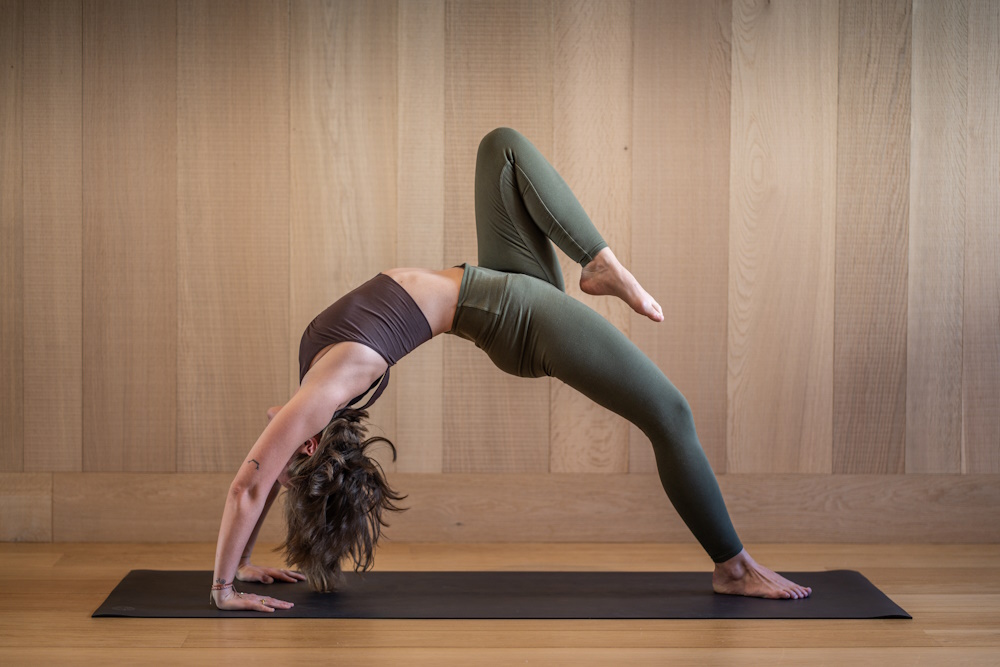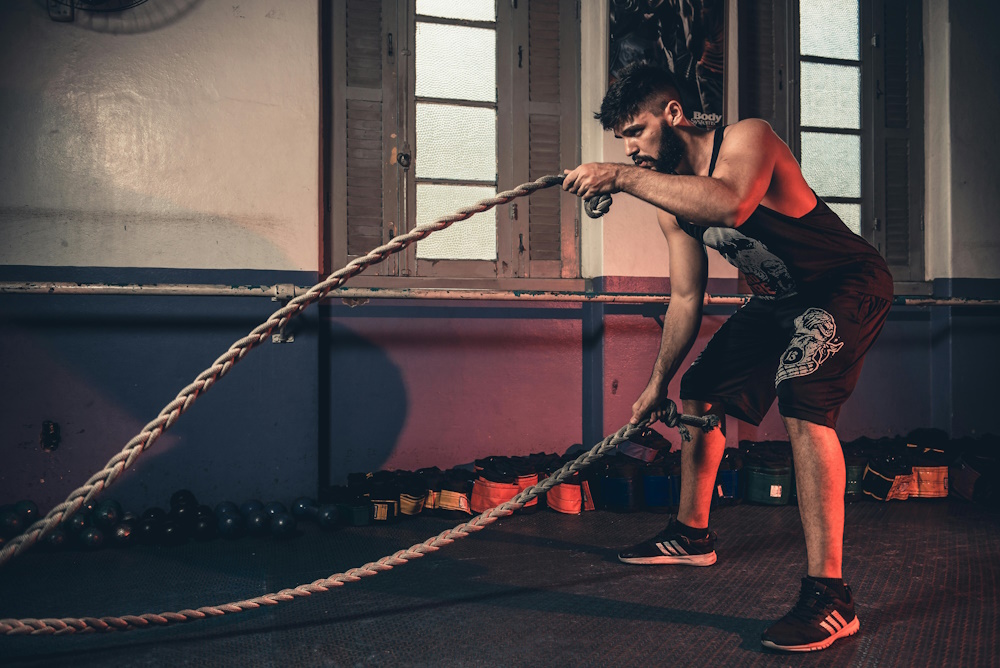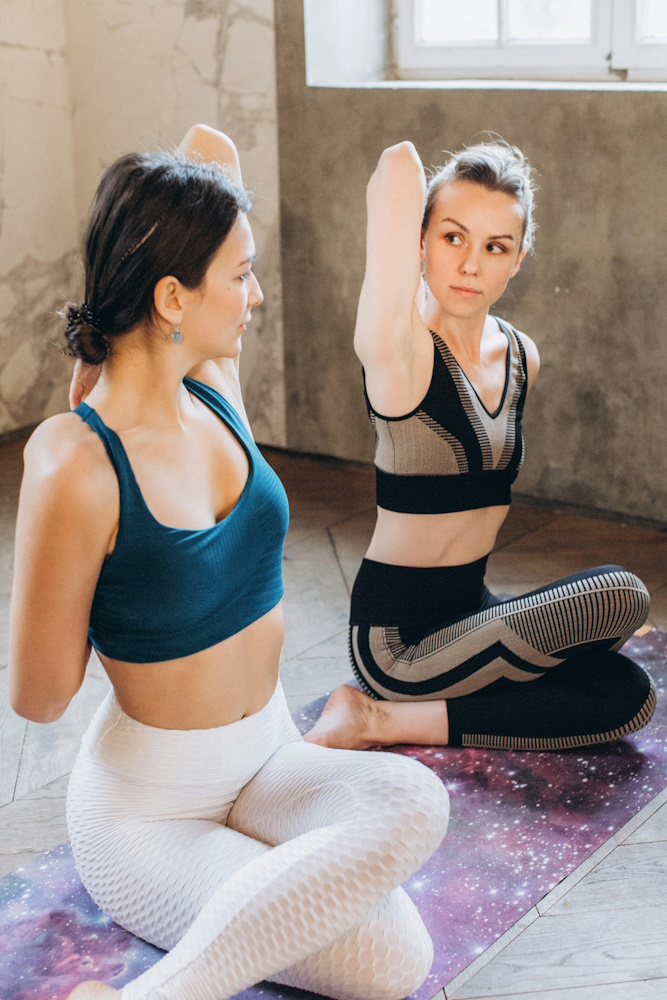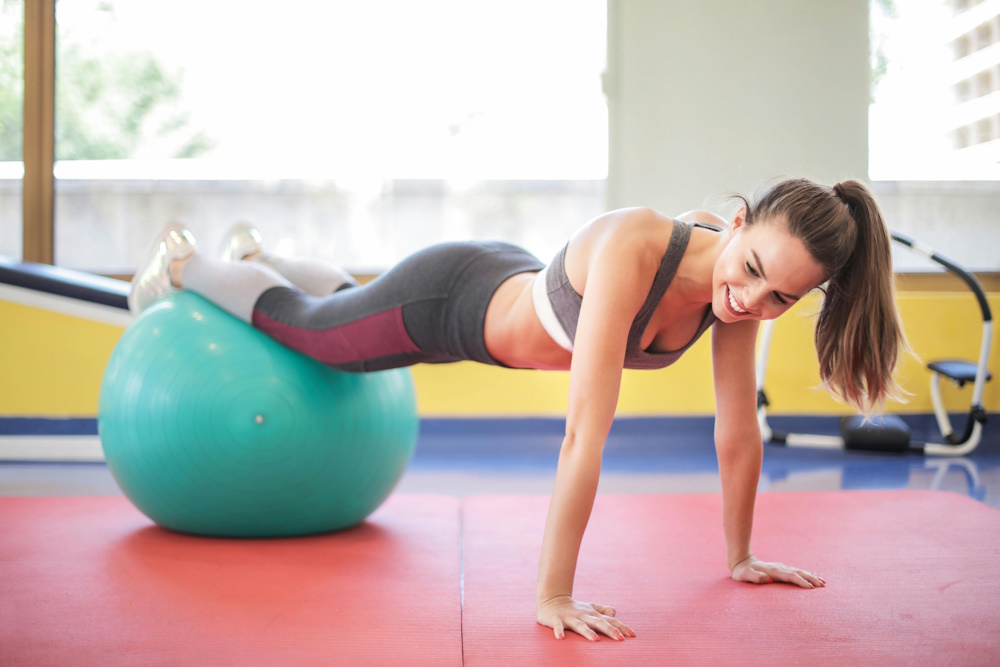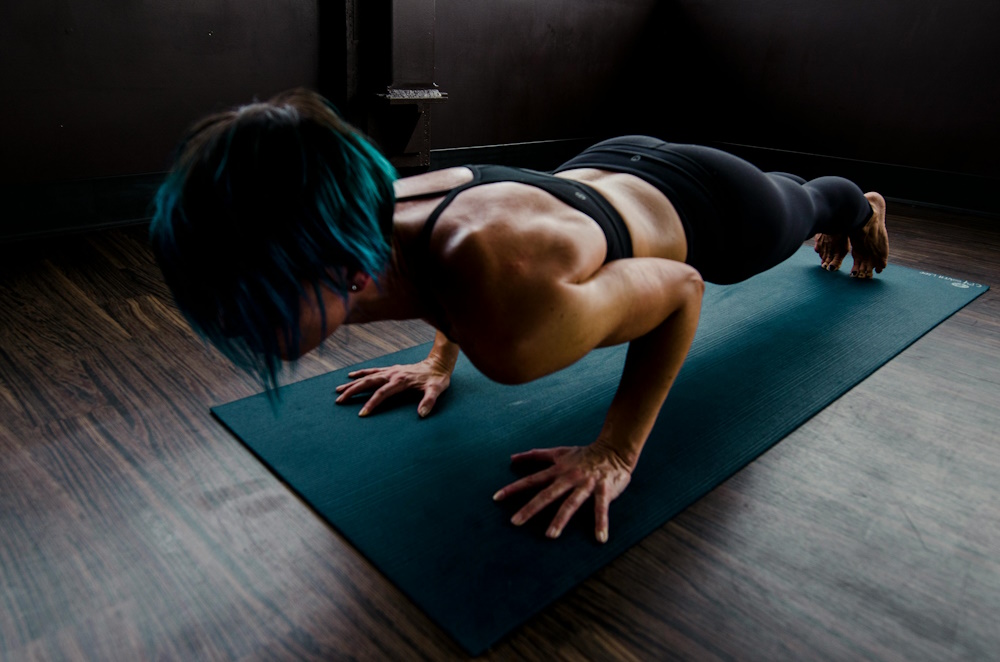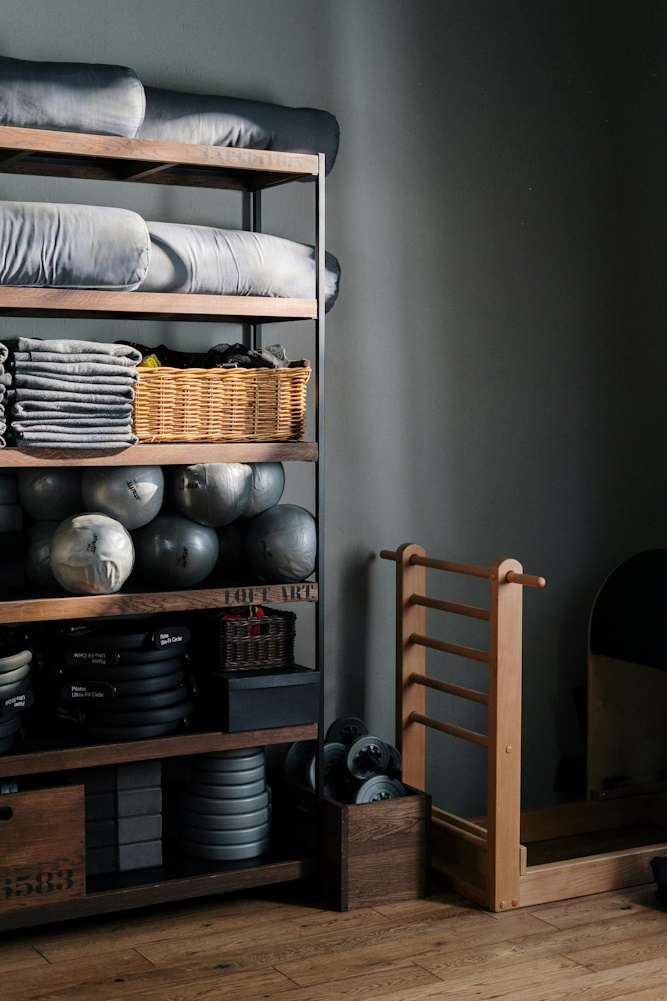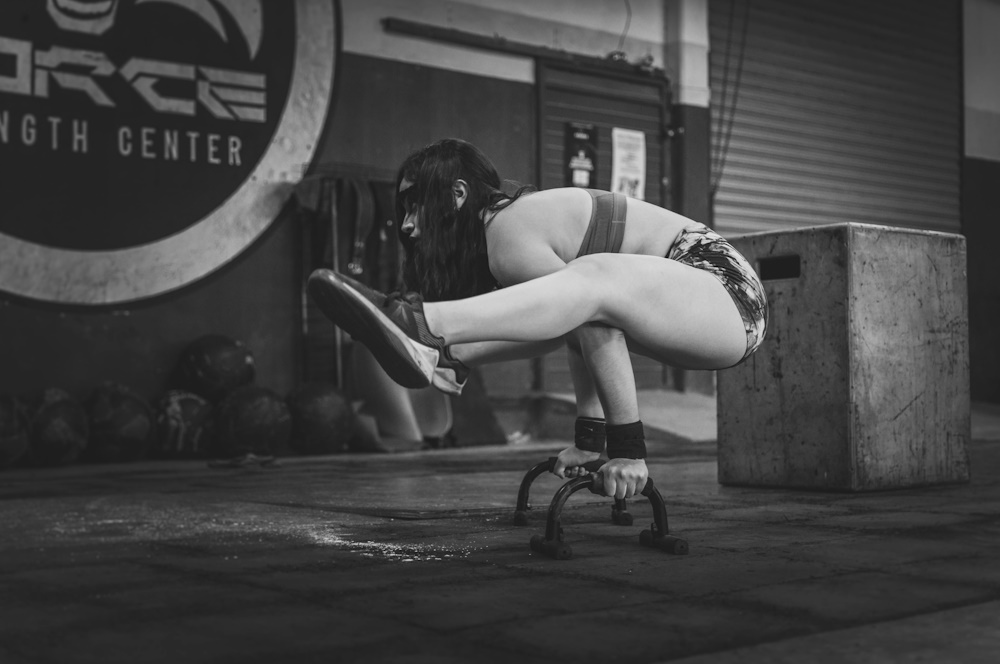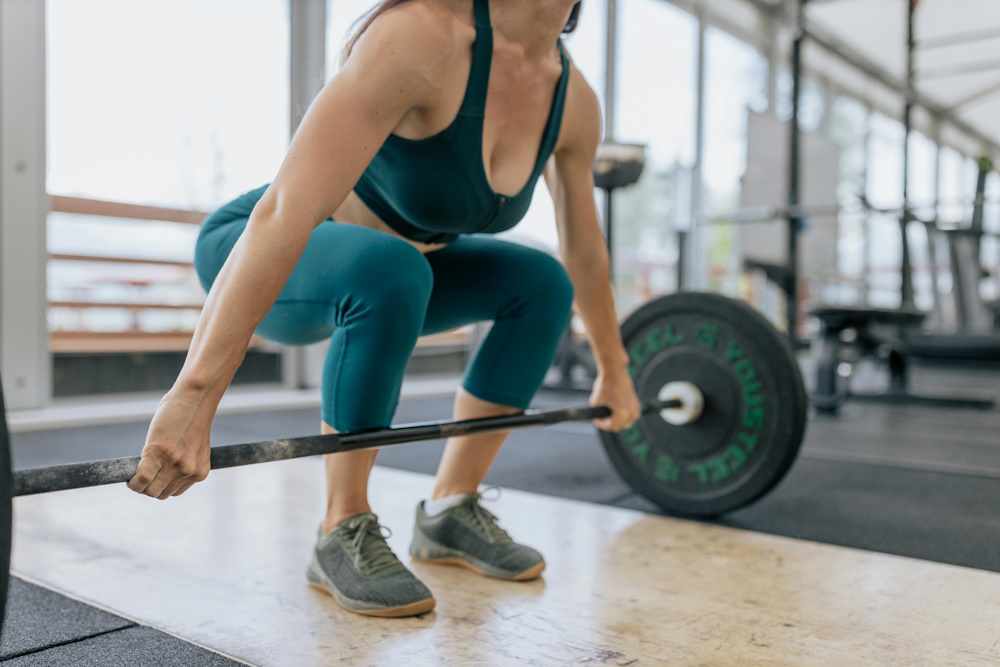The level of difficulty in Pilates workouts can vary depending on your fitness level and experience. However, there are several advanced Pilates techniques that are considered particularly challenging, even for seasoned practitioners. These advanced Pilates workouts often involve complex movements and demand a high degree of core strength, flexibility, and control. Some advanced Pilates techniques to challenge yourself with include:
1. Teaser: The Teaser is a quintessential advanced Pilates exercise. It involves a full-body movement, starting in a seated position and transitioning into a V-shaped balance on your sit bones while keeping your legs lifted. This exercise requires exceptional core strength and balance.
2. Control Balance: The Control Balance exercise requires you to balance your entire body weight on your pelvis while extending your legs in the air. It demands incredible core strength and precision to maintain stability.
3. Swan Dive: The Swan Dive exercise focuses on back extension and strength. You begin by lying face down and lifting your upper body and legs simultaneously while maintaining a strong back and core.
4. Corkscrew: The Corkscrew is a challenging exercise that involves circling your legs in a controlled motion while balancing on your shoulders. It targets core strength, flexibility, and balance.
5. Snake Twist: The Snake Twist combines a rolling motion with a spinal twist. It challenges your core strength, spine mobility, and balance.
6. Hanging Pull-Up: The Hanging Pull-Up is an advanced Pilates exercise performed on a pull-up bar. It requires upper body strength, coordination, and control to execute the movement with precision.
7. Tree on the Reformer: This exercise involves balancing on one leg while using the Reformer machine, which adds resistance to the movement. It challenges balance, core strength, and control.
Is Pilates good for cross-training?
Yes, Pilates is an excellent choice for cross-training due to its comprehensive approach to fitness. Cross-training involves diversifying your workout routine to prevent overuse injuries, enhance overall strength, and improve performance in various activities. Pilates offers several benefits for cross-training:
1. Core Strength: Pilates focuses on strengthening the core, which is essential for many sports and activities. A strong core provides stability and power, making it a valuable asset in cross-training.
2. Improved Flexibility: Pilates promotes flexibility by elongating and stretching muscles. Enhanced flexibility can improve your range of motion in various activities.
3. Body Awareness: Pilates emphasizes body awareness, alignment, and precision in movement. This heightened awareness can help you maintain good form and technique in other forms of exercise.
4. Injury Prevention: The controlled, low-impact nature of Pilates reduces the risk of injury. Cross-training with Pilates can help you build a resilient body, reducing the likelihood of overuse injuries.
5. Balanced Muscles: Pilates targets both large and small muscle groups, helping to balance muscle development. This balance is essential for preventing muscle imbalances that can lead to injuries.
6. Mind-Body Connection: Pilates fosters a strong mind-body connection, which can enhance your performance in various sports and activities. It promotes mental focus and body control.
What is advanced Pilates?
Advanced Pilates refers to a level of practice that goes beyond the foundational or intermediate stages. It involves performing Pilates exercises that are more complex, challenging, and often require a higher level of strength, flexibility, and control. Advanced Pilates workouts often incorporate exercises that demand a greater degree of balance, precision, and coordination. These exercises can involve full-body movements, complex transitions, and a deeper understanding of Pilates principles. While the specific definition of advanced Pilates may vary, it generally includes exercises that challenge the practitioner’s limits and require a mastery of the fundamental principles of Pilates.
What exercises can be combined with Pilates?
Pilates can be effectively combined with a wide range of exercises and fitness modalities to create a well-rounded cross-training routine. Some exercises and activities that pair well with Pilates include:
1. Yoga: Yoga and Pilates share similarities in their focus on mind-body connection, flexibility, and core strength. Combining these two practices can provide a balanced approach to both physical and mental well-being.
2. Barre: Barre workouts incorporate elements of Pilates, dance, and yoga. They emphasize controlled, low-impact movements that target specific muscle groups, making them a natural complement to Pilates.
3. Cardio Workouts: Combining Pilates with cardio exercises such as running, cycling, or swimming can enhance your cardiovascular fitness while maintaining core strength and flexibility.
4. Strength Training: Pilates can be a valuable addition to strength training routines. It targets stabilizing muscles and helps improve form, which is crucial for injury prevention and efficient strength training.
5. Dance: Many dancers use Pilates to improve their core strength, flexibility, and body control. Combining dance and Pilates can enhance your overall coordination and movement skills.
In summary, advanced Pilates techniques include challenging exercises that demand a high level of core strength, flexibility, and control. Pilates is an excellent choice for cross-training due to its ability to enhance core strength, flexibility, and body awareness, making it a valuable addition to various activities and workouts. Advanced Pilates refers to a higher level of practice that involves more complex exercises requiring a deeper understanding of Pilates principles. Pilates can be combined with exercises like yoga, barre, cardio workouts, strength training, and dance to create a well-rounded fitness routine. This versatile approach to exercise can lead to improved overall fitness and performance.
